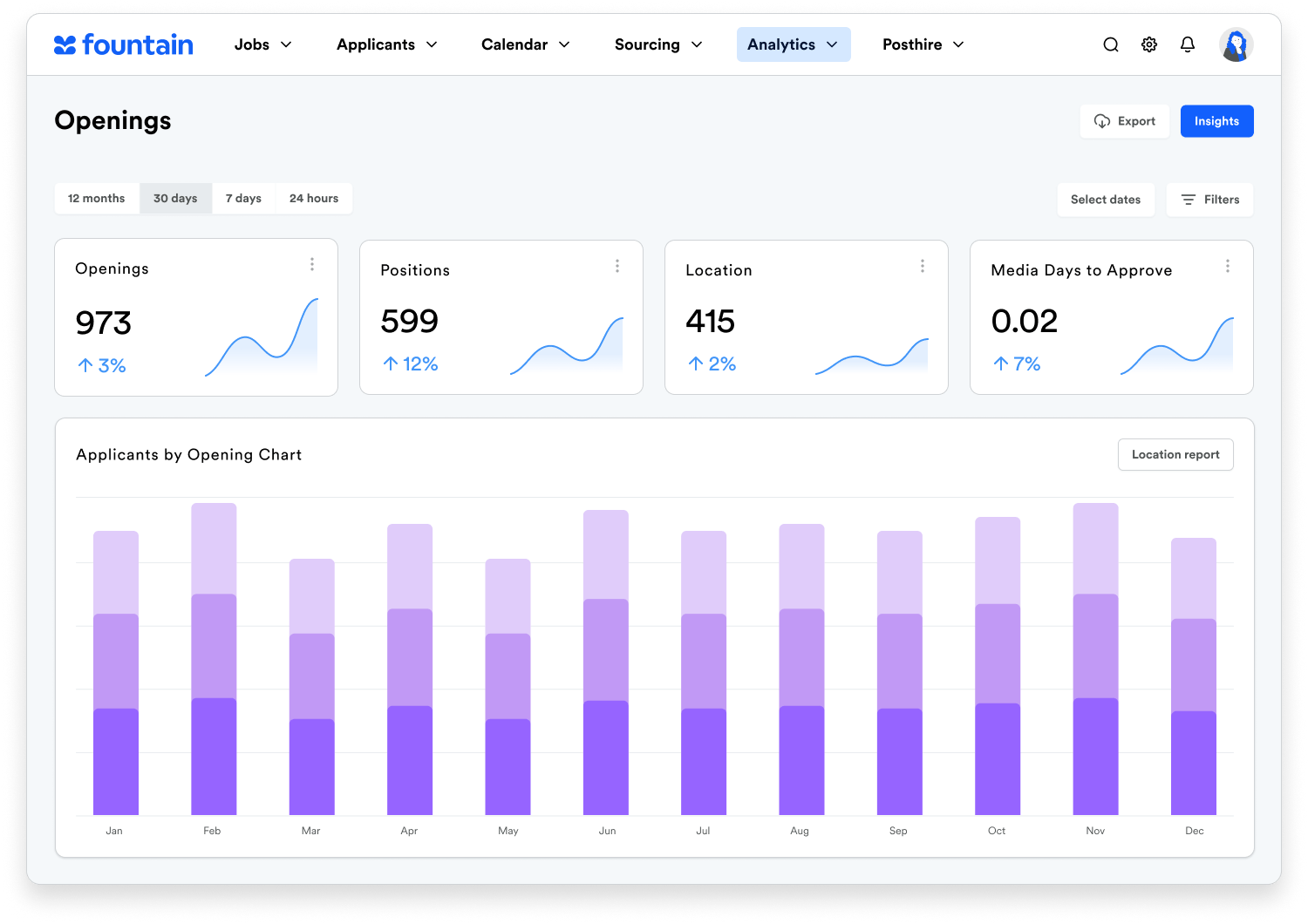Heading into 2021, it’s difficult to predict what the recruiting landscape is going to look like. With threats of shutdowns, layoffs and more of the unknown, talent teams need to understand how to optimize their recruiting processes.
When organizations first began the move to remote working, the transition for recruiting was fairly self explanatory. Interviews are already conducted remotely before onsite interviews, and with tools like Zoom and Google Meet, “onsite” interviews were still able to progress smoothly.
A key challenge for human resources management was how to implement an engaging remote onboarding strategy, especially when dealing with a high-volume of new hires.
Let’s take a look at the pros and cons of onboarding remotely.
- Reduced costs associated with onboarding new employees.
According to SHRM, the average cost-per-hire across industries is $4,425. This value includes unavoidable costs, such as job board fees, benefits, recruiter compensation, and talent acquisition system costs. The value also includes the travel costs of applicants and recruiters as well as relocation costs for new employees, all of which will be diminished with a primarily remote workforce.
- Provide a streamlined process for team members.
Prior to a primarily in-office workforce, hiring teams didn’t likely have a separate onboarding process for remote employees. There were alterations to accommodate a remote employee, but there wasn’t clear value in building build an entirely new process.
The switch to remote work allows teams the opportunity to build an entirely new onboarding program; one that is built for the remote workforce. The initiative should be tackled with digital transformation top of mind.
Digital transformation refers to the adoption of digital technologies by eliminating older tools that require too many manual processes. When it comes to successful onboarding, you’ll want onboarding software that is accommodating to all of the components of your recruiting process.
- Faster employee ramping
A recent survey found that 65% of employees believe that they would be more productive in a work from home setting. Fewer distractions and avoidance of office politics were among the top reasons why. An experiment conducted by Stanford University seemed to confirm this hypothesis, concluding that work from home employees were 13% more productive than office workers.
When employees are able to onboard remotely and work through a checklist of items, fewer distractions allow them to become contributing members quicker.

- Accessibility to teammates
There isn’t an adequate substitution for having direct contact with your team members day to day, especially when you’re new on the job. There is no replacement for being able to walk over to your teammate and ask them a question.
Digital transformation and the adoption of new technologies can help to mitigate the issue, but it’s hard to see a remote working environment that is comparable to an in-person environment when it comes to accessibility.
- Limited experience
While a remote employee onboarding process may have some benefits for your organization, it comes at the expense of employee engagement.
The office environment can sometimes be a key factor for job seekers when deciding what company they want to work for. It isn’t clear how human resources teams are going to be able to maintain a high-quality company culture moving forward.

 Jan 10 2021
Jan 10 2021
